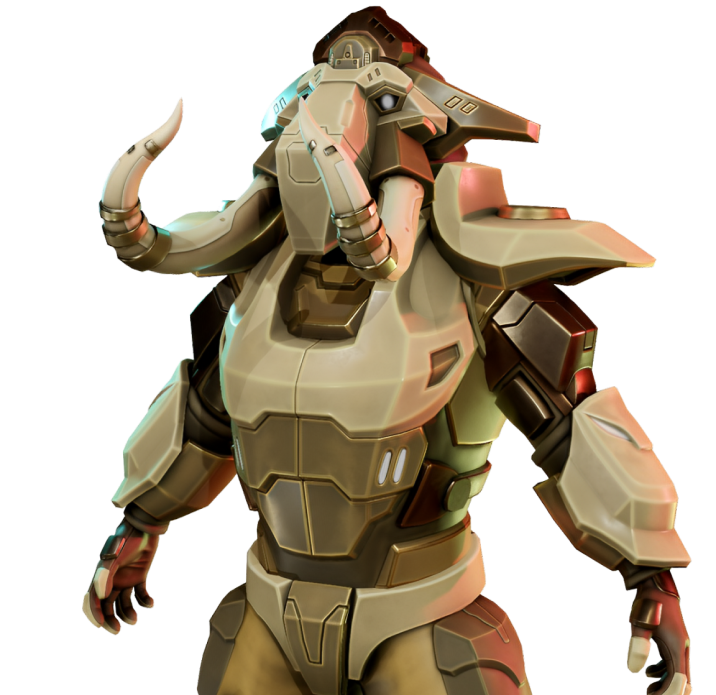Introduction:
Let's begin with a brief explanation of video game features. The art of animating all the protagonists and artefacts in gameplay is known as "video game animation." The way that video games are presented is evolving with time and quickly advancing innovation. Therefore, in this situation, constructing a well-animated clip for them requires both technical knowledge and advancements in the arts.
Gaming development companies make various games of distinct varieties. These games are produced using a variety of software on computers. 3D character animation for video games may take much longer because they need to be very detailed. The final piece may include pre-rendered graphics and cut visuals that play after or before stages.
Why Must Game Animation Be Artistically Appealing And Functionally Efficient?
Game animation must be artistically appealing and functionally efficient within the confines of gameplay, such as quick controls and collision. Because of this, animators must balance both art and technology. Game animators undergo intensive training in artistically centred methods intended to give their works a sense of life.
6 Principles For Game Animation
- Anticipation
A slight action called anticipation occurs before a more significant movement. It is a subliminal indicator that a momentous moment is about to occur. For example, imagine a personality crouching down before leaping into the air.
- Staging
As the title indicates, staging clarifies the setting and reduces ambiguity. However, what is most significant in the scene is the focus of the audience's focus. Therefore, you will center the scene around your main actors and the central conflict.
- Straight Ahead and Pose-to-Pose
This concept relates to the 2D animation design process. These concepts help produce 3D character animation, though. Drawing some frames and then filling in the gaps is known as posing-to-posing. Most animation programs will cover your pose-to-pose setup's gaps for you.
- Action follow-up and overlap
The disposition for various parts of a body or an item to move at varying speeds is expressed through follow-through and intersecting action. For example, imagine a sprinter who skids to a stop.
- Slow-in/Slow-out
The phrase "slow in, slow out" describes how objects gradually accelerate and decelerate as they move from point A to point B. This idea is also known as easing or ease-in and ease-out.
- Secondary Action
A scene gains depth and dimension when a supporting actor is added to the event. The organizing point is essential when generating secondary action because it shouldn't detract from the main plot but should improve it.
Also Read
Defining The Principles And Reinventing Them: Why?
An animator can give personality traits that will allure them to their crowd by adhering to the fundamentals. These include physicality in their universe, explicitness, attraction, and emotional resonance. The vintage Principles of animators of the 1930s and 1940s failed to anticipate the requirements of video games. These cheats are crucial because they can help us redefine the traditional Principles for game work.
Types Of Game Animation
- Traditional Animation
The earliest type of animation is traditional animation, also called cel animation. Each frame is painstakingly hand-drawn in the conventional fashion on paper, which is then replicated or restored onto transparent acetate sheets known as cels. Finally, a painted cel is pictured individually to create an animated sequence.
- 2D Animation
The main goal of 2D animation, vector-based animation, is to produce movement in a two-dimensional space. Due to improvements in animation software, 2D animation is now a more obtainable and well-liked option for creatives.
- 3D Animation
The process of producing 3-dimensional moving pictures in a technological sense is known as computer animation or 3D. Using motion, 3D character animation can bring protagonists, cars, and props to life. A realistic-looking effect can be achieved by rotating and moving animated objects in the same manner as a physical object.
- Motion Graphics
Motion graphics is the name for a type of animation that heavily relies on text to convey a message. Here, the emphasis is on giving movement to particular graphic design components which would otherwise be static to make a statement. Moving shapes, objects, and text can create a complete visual display.
- Stop Motion
Stop-motion animation is a method that uses natural objects or props which are shifted in between each frame to capture one frame at a time. An impression of motion is created when the pictures are played back quickly. In stop-motion animation, clay figures or pawns with revolute joints are frequently used.
Also Read
Role Of Game Animation in Keeping Gamers Engaged In Your Video Games
Games can still be effective even if they don't match our expectations. People will devote days or even weeks to playing a single video game. How do these games keep our interest for such a long time? The importance of game animation in maintaining players' interest in video games is what we will examine ahead.
About Long-Term Player Engagement
How can game designers preserve player interaction after attaining the level limit? First, give them more matches to play! Keep raising the bar; this goes further than offering them "stuff to do." Give them benefits, perks, and gems to keep customers coming back. Once they hit a certain maximum level, they open up an entirely new world.
Fun: A Special Recipe for Engaging Players
People will only play your game if it is enjoyable and rewarding in some way.
Yes, they might give it a try for a short while. At the very least, the price of games justifies a few hours of playtime. However, you'll lose the player if the game infuriates the player more frequently than it gives them fun.
Cons that Lead to Fun Lapse -
- Cheating players
- Bugs or glitches
- Bad-level design
- A game's mechanics are lame or broken
Game animators create a world for gamers to communicate in as you create a game. Maintain the game's mechanics and check that any bugs or mishaps will be good for the player's encounter. In some games, bugs prevent players from saving or prevent them from moving forward for some other reason. The player's anticipation causes these things to ruin the game rather than make it enjoyable. A developer who pulls that prank deserves to be cursed.
In this insightful article, we discussed everything related to game animation, its principles, types, and the different ways animation companies launch games to keep gamers engaged. We must use animation to keep users interested. By using a structured design, assist people in finding essential items. Make an animation that appears natural. That’s all for this time. Now you are all set to rock the game animation world.





Leave a comment